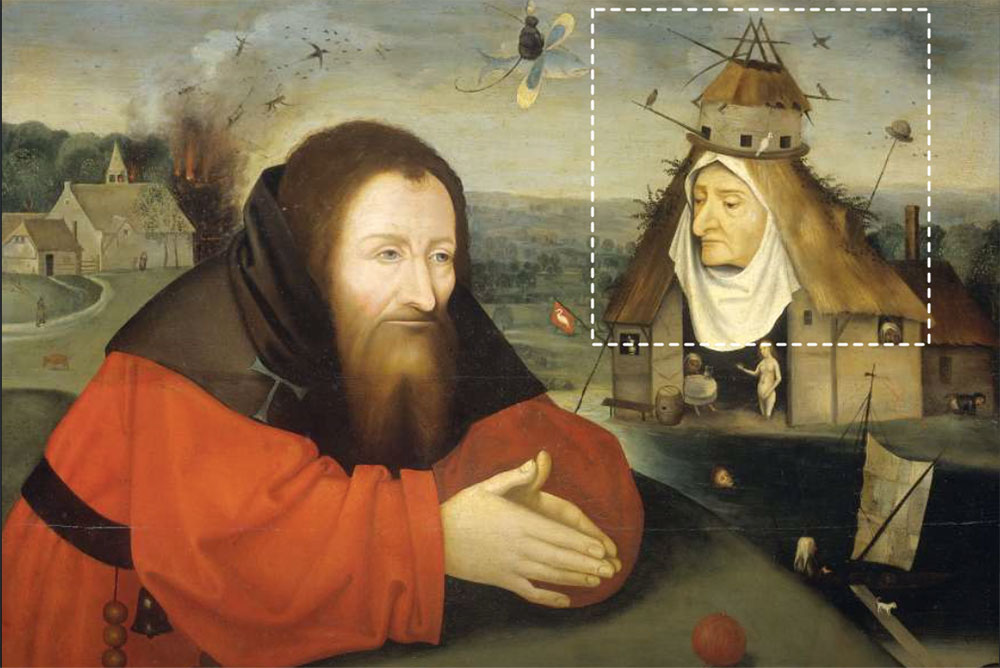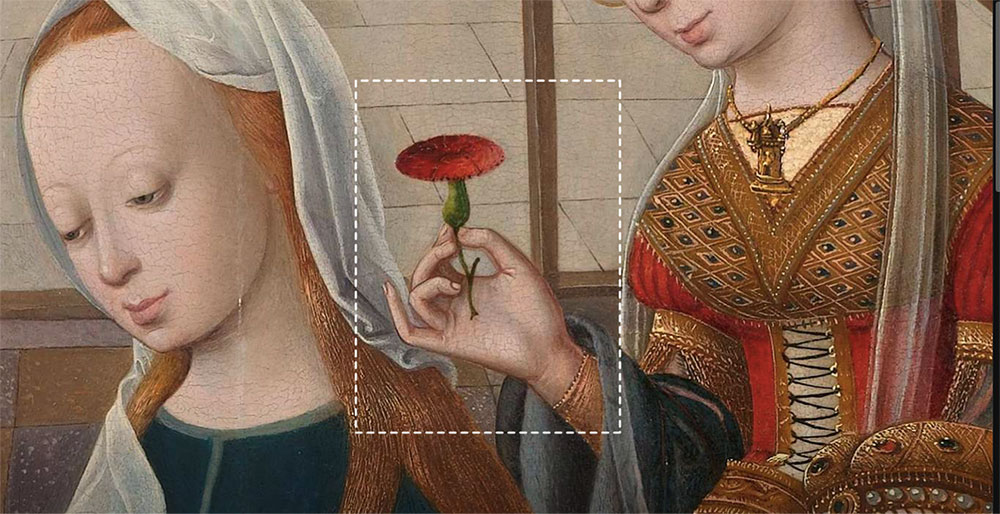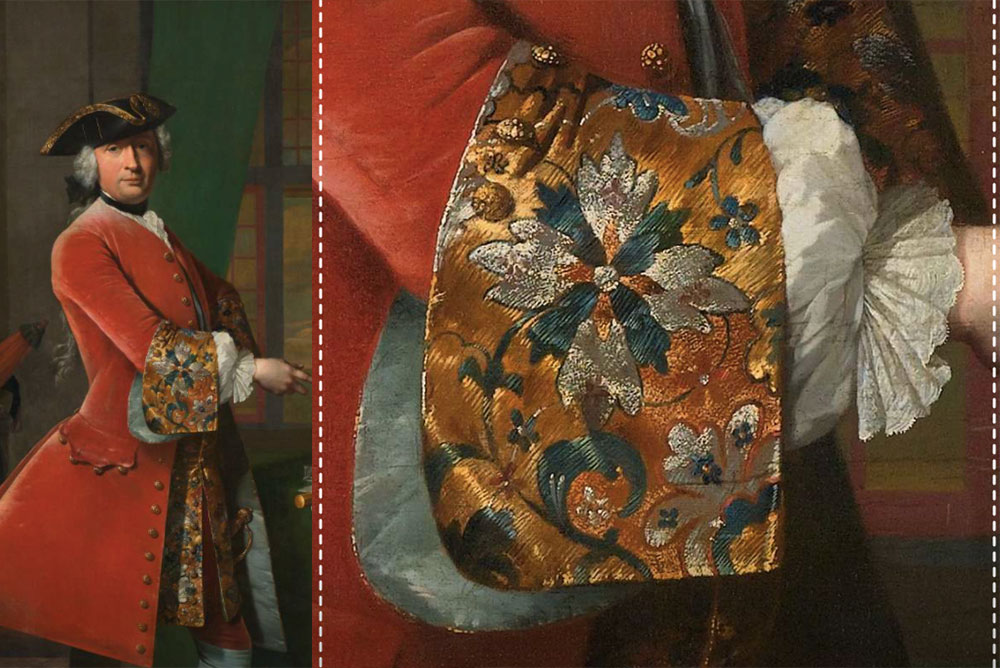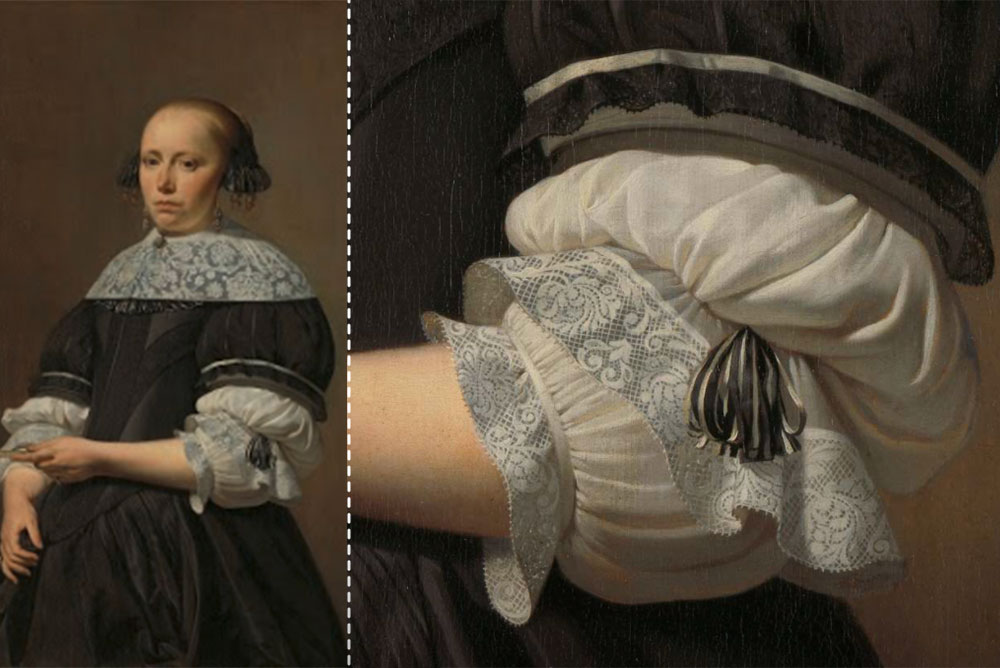AMSTERDAM’S RIJKSMUSEUM is a place none of us is going to be able to visit for a while, even if we happen to be quarantined in The Netherlands. Yes, it’s shuttered, but the museum has a novel online feature.
Sign up and you can create your own collection of art, a “route” you can suggest through the vast museum. Called Rijks Studios, these small collections of paintings, drawings and other art objects have clearly been assembled by lovers of the visual. And some of the collections, or “sets,” are a lot of fun.
Take, for instance, an enthusiast calling himself or herself “Inner Beauty,” who has assembled some two dozen collections, including “Textures” (closeup details of sumptuous fabrics in paintings mostly by Northern Renaissance artists, who knew a fine lace overlay when they saw one), “Cats” (as advertised) and “The Smallest Things” (incidental seeds and insects that enliven those timeless Dutch still lifes).
Inner Beauty’s “Fancy Headgear” collection caught my eye. It zooms in on some fabulous turbans, lace caps, plumed headgear and other extravagant toppers, often worn not by the principal subject of the painting but by a figure in the background. The collection contains 113 images, all culled from the Rijks Museum’s holdings.

An amateur curator called “Inner Beauty” included this image in a set of “Fancy Headgear.” The painting is “The Temptation of St. Anthony” in the manner of Hieronymous Bosch, circa 1550-1600. I don’t know who the woman in the picture is, but someone should tell her she has a birdhouse, or maybe a cupola, on her head. / From the Rijksmuseum collection.
Someone named Ocarine decided “Flowers” would be one of her collections, and the paintings of Holland’s Golden Age are certainly lush with flora. We know that many flowers are symbolic (of eternal love, chastity, etc.), and Ocarine has isolated some images from religious paintings. But she also has plucked, as it were, flowers from the extravagant still lifes of the period, the better to appreciate the mastery of the painter’s brush.

The set of “Flowers” compiled by Ocarine includes “The Virgin and Child With Four Holy VIrgins” by the Master of the Virgo Inter Virgines, circa 1495-1500. / From the Rijksmuseum collection.
The panel “The Virgin and Child With Four Holy Virgins” finds one of the virgins holding a red carnation, whose Greek name, dianthos, means “flower of God.” Even though the flower isn’t rendered in the crisp manner of later Northern Renaissance works (the panel dates from 1495-1500), viewers of the time would know that the painting was of not just any woman with her baby.
“Flowers” contains 87 images.

The “Portrait of Jan Pranger” by Frans van der Mijn, 1742. / From the Rijksmuseum collection.
A set of “Fashion Details,” compiled by Patty Struik, closes in on some incredible examples of finery. In the “Portrait of Jan Pranger,” by Frans van der Mijn, 1742, the cuff of the subject’s jacket is rendered so skillfully that it practically glows. Never mind “practically”: The silk embroidery does glow. If Pranger commissioned the painting to prove to the world that he was rich and important, he accomplished his goal, even to 21st-century eyes. (And as director-general of the West Indies Company for the Gold Coast, now Ghana, he certainly was rich and important.)
We think the sleeves are having a fashion moment in 2020. Ha! One look at the portrait of Elisabeth van Kessel in Struik’s collection will supply some perspective—in the most genial way.

Portrait of Elisabeth van Kessel by Caesar Boetius van Everdingen, 1671. / From the Rijksmuseum collection.
It’s exhausting to try to see all of an enormous museum in one visit; ditto the vast offerings on the Rijksmuseum site. But even beyond these collections by amateur curators, the museum offers a whole array of ways to drill down into its masterworks, enough to keep anyone engrossed and maybe forget about self-isolation for a while.
—Nancy McKeon

This is wonderful! My favorite museum in the world – save the Van Gogh museum – is up close and personal, in a virtual sense. Thank you!